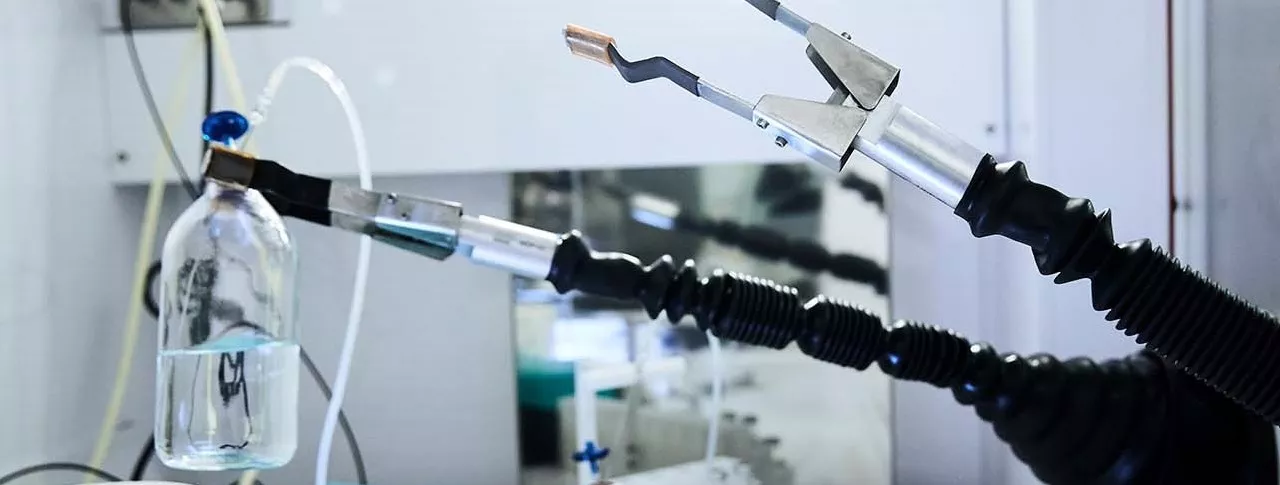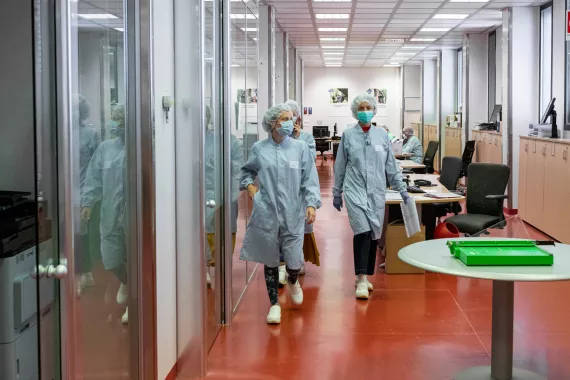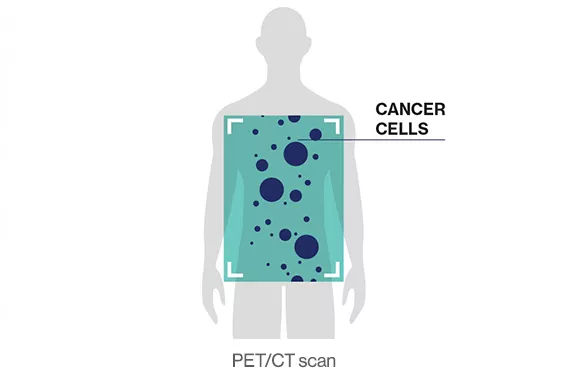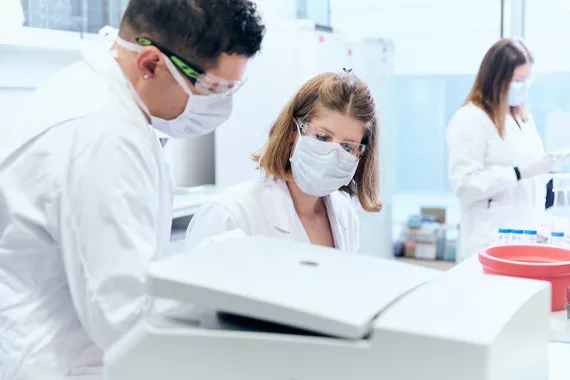Radioligand therapy explained
RLTs combine a targeting compound, the ligand, that binds to a specific marker, with a radioisotope. The ligand directs the radioisotope to the target cancer cells expressing the specific marker, even when they have spread throughout the body. This unique mechanism of action aims to damage or destroy target cancer cells or cells of the tumor microenvironment (TME) while limiting impact on nearby healthy cells. This precision approach aims to improve quality of life and extend people’s lives.







